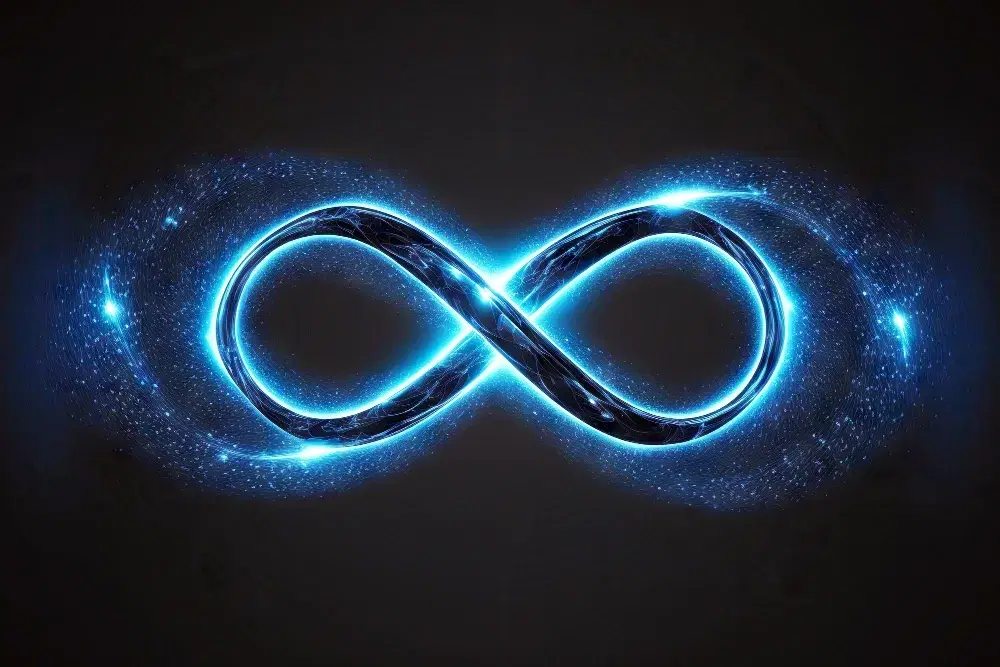- image
- ai
- machine learning
How Does Image Recognition Work?
Feb 10, 2024
-
Damian Szewczyk
-
5 minutes

Image recognition, powered by Machine Learning and AI, is a fascinating area of technology that has seen significant advancements in recent years. At its core, image recognition involves teaching computers to interpret and understand the visual world. Using deep learning techniques, computers can identify and classify objects in images and videos, similarly to how the human brain works. These techniques involve training algorithms, typically convolutional neural networks (CNNs), on large datasets of images. This training enables the algorithms to learn a variety of features and patterns that define what they see.
The Use of digital image recognition in various applications. spans from simple tasks like photo tagging on social media to complex scenarios like autonomous driving, medical diagnosis, and surveillance. For example, in healthcare, image recognition aids in the early detection of diseases by analyzing medical imagery, while in retail, it can enhance customer experiences through personalized recommendations based on visual preferences.
Practical applications of image recognition are vast and continue to grow as technology evolves. In the retail industry, it's used for inventory management and customer engagement through visual search capabilities. In the field of security, facial recognition systems provide a level of safety and verification. Additionally, in agriculture, image recognition helps in monitoring crop health and predicting yields. These applications demonstrate the technology's versatility and its potential to transform industries by providing more efficient, accurate, and automated processes.
Image recognition technology, powered by artificial intelligence, has evolved dramatically, branching into several key areas, each with its unique capabilities and applications. Object detection and image classification form the foundation of this technology. Object detection identifies and locates multiple objects within an image, while image classification assigns a label to an image, categorizing it into a predefined class.
Facial recognition and object recognition are specific applications of image recognition. Facial recognition technology identifies or verifies a person's identity using their face, commonly used in security systems. Object recognition, on the other hand, focuses on identifying specific items within an image, from everyday objects to specific brands and products.
In the healthcare sector, medical image recognition and its uses have been groundbreaking. It involves analyzing medical images like X-rays, MRI scans, and CT scans for diagnostic purposes, assisting in early disease detection and improving patient care.
Image recognition in video processing is another critical area. It involves analyzing video frames for applications like motion detection, video surveillance, and automated video labeling.
Lastly, the methods of unsupervised and supervised learning in image recognition represent the two main approaches in machine learning used for training image recognition models. Supervised learning involves training a model on labeled data, while unsupervised learning does not use labeled datasets, allowing the model to identify patterns and structures in the data on its own.
Each of these types of image recognition has its unique challenges and applications, contributing significantly to advancements in technology and various industry sectors.
These diverse applications highlight the versatility of image recognition technology and its growing significance across various industries.
The landscape of image recognition is rich and varied, encompassing a range of technologies that have profound implications across multiple sectors. Enhancing customer experience with image recognition has become a game-changer in retail and e-commerce, allowing for more interactive and personalized shopping experiences. This technology helps customers find products quickly and efficiently, using just a photograph or an image.
In terms of operational capabilities, improved operational efficiency through image recognition technology is notable. Industries such as manufacturing and logistics are harnessing image recognition for quality control, inventory management, and streamlined workflow processes, leading to significant time and cost savings.
The marketing and advertising applications of image recognition are transforming the way brands engage with their audience. By analyzing images shared on social media and the web, companies gain valuable insights into consumer trends and preferences, enabling more targeted and effective marketing strategies.
Innovative uses of image recognition for product development is another exciting area. Companies are using image recognition to understand customer needs better and to develop products that align more closely with those needs. This approach is especially prevalent in sectors like fashion and design, where visual elements play a crucial role.
Lastly, security and fraud prevention using image recognition is a critical application. Financial institutions and security agencies are using this technology for identity verification, fraud detection, and maintaining secure environments.
For companies looking to innovate, devopsbay’s expertise in product development can be leveraged. By utilizing image recognition, businesses can gain insights into market trends and customer preferences, aiding in the design and development of products that meet specific customer needs.
Lastly, in the critical area of security and fraud preventionWith the help of machine learning algorithms, devopsbay can implement image recognition systems for identity verification, fraud detection, and ensuring secure transactions.

Learn what it takes to succeed in AI and machine learning: programming, data analysis, and the integration of AI in software development.

See how AI and ML are revolutionizing the accounting industry by enabling faster, more precise financial activities.

Discover how AI enhances predictive analytics, system monitoring, resource management, testing, chatbots, and Continuous Integration/Continuous Delivery (CI/CD). While AI promises substantial benefits, be aware of potential challenges